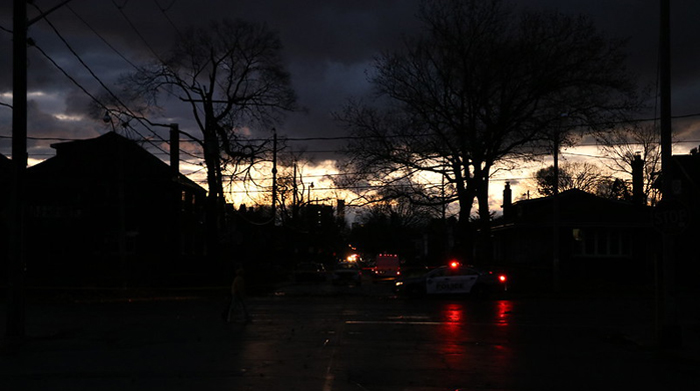What is Behind All the Texas Power Outages?

Image courtesy of Can Pac Swire under Attribution-Noncommercial 2.0 Generic License, resized to 700 x 391 pixels.
The number of Texas power outages has been trending up for decades. Unfortunately, there is no indication that this situation will improve any time soon. This begs the question, what is causing this, and can anything be done to alleviate the situation?
Backdrop of the High Number of Texas Power Outages
Due to its unique geography, Texas is vulnerable to extreme weather. According to the nonprofit Climate Central, from 2000 to 2023, Texas had more weather-related outages than any other state – 210 in all. And, according to the analysis, weather-related risks will only get worse as time goes by. As an added “gotcha,” these increased weather risks are coinciding with rising demand – in fact, it is estimated that demand in the state could double by 2030.
The most recent weather event as of the time of this writing (July 2024), Hurricane Beryl, knocked out the power for a whopping 87% of CenterPoint’s 2.6 million customers in Southeast Texas. And this happened while the Houston region was still recovering from a derecho in May 2024 that knocked out power for 1 million customers. That is certainly a lot of turmoil in only a 2-month period.
Aside from its weather vulnerability, the problem in Texas is exacerbated because it is the only state that has its own power grid, essentially isolating it from adjacent grids. Although state legislators passed measures to improve power plant winterization practices and increase electricity supply following the 2021 winter storm that wreaked havoc and killed over 200 people, these measures take time and the benefits have not yet been realized. In addition, these measures essentially ignore any improvements to poles and lines.
Other tactics, like wrapping poles with fire-retardant materials, replacing wood poles with ones made from stronger materials (i.e., composite utility poles), undergrounding lines, or increasing vegetation management, are costly and could take decades to fully come to fruition. And the final barrier is that someone – most likely customers – would see their costs increase in order to pay for the upgrades.
In the final analysis, the issues are clear, and steps are in motion to help. But because of time and money, it will take a long time for these steps to spur a decrease in the number of Texas power outages experienced over time.



